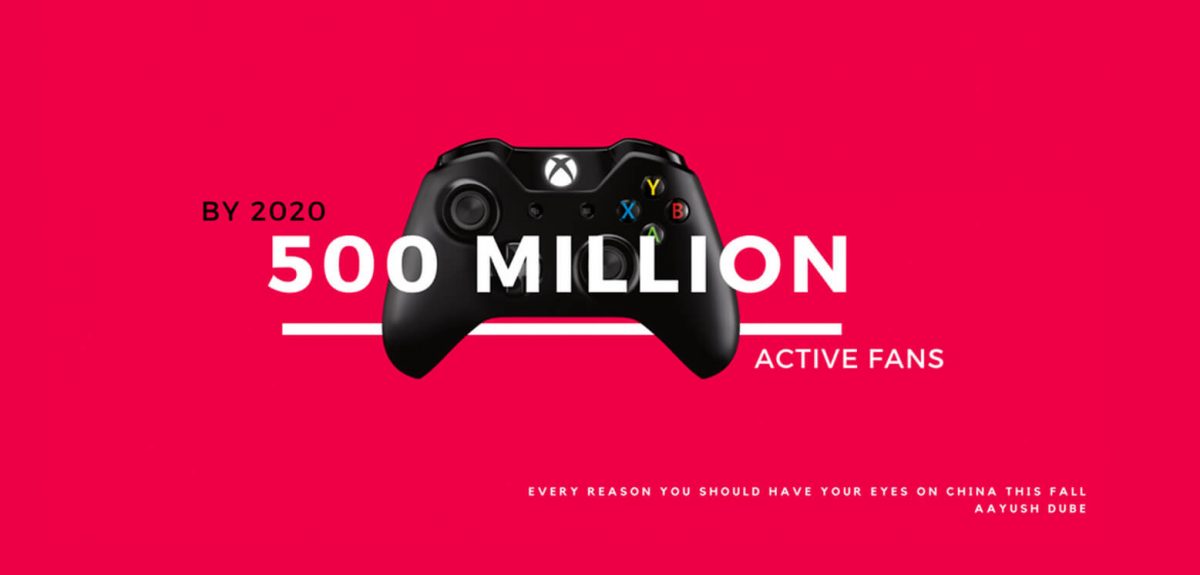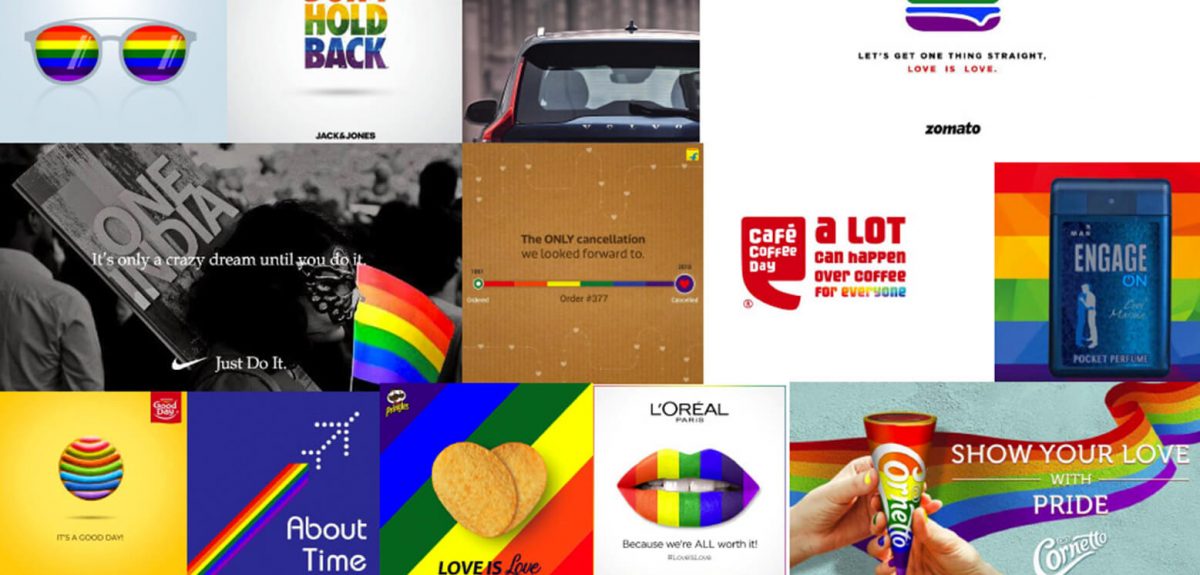A couple of days ago, I failed rather miserably to convince the CEO of a large diversified company that design is a badly needed investment for them. The company has been flatlining revenue and has seen a steadily eroding bottomline over the last decade. Market leadership of the past is no longer their reality. Competition, an ever more demanding consumer and not much new at their end has led to a steady decline in profits over many years now.
Now more than ever, the company needs consumers who PREFER the brand, are LOYAL to the brand and are also able to ATTRACT a new consumer base to fuel growth. Preference, Loyalty and Attraction are emotional decisions. Rational things like price, specifications, service etc – only ratify an emotional decision. The most successful brands in the world, the fastest growing brands in the world and the brands with the most loyal customer base- are all brands that trigger an emotional response from their audience. These decisions are made made in the limbic brain – the part of the brain that is responsible for emotions. Unlike the neofrontal cortex where language is processed, mathematics and logic reside, the limbic brain processes images, and other sensory stimuli.
For the desired outcome, the brand needs to connect with the consumer at the emotional level – not through words and bullet point rationale, but through sensory branding that delights and converts. And drives a new generation of customers to adopt the brand.
Design does not simply mean a pretty picture, aesthetically balanced. Rather, it is a specific solution that triggers affinity and adoption in the amygdala that resides deep in the limbic brain. Amygdalae perform a primary role in the processing of memory, decision-making and emotional responses. To arrive at this incisive trigger, there is needed a tremendous rigour in decoding the visual world of a brand, category and consumers – understanding the role of color and fonts, and then creating a visual system that supports the brand.
Since this is not a measurable or quantifiable activity such as say a quantitative analysis, or even advertising that suggests an input -output causation, design is frequently seen as extraneous to a business transformation exercise. “Design is fluff. A visual ‘nice to have’ – not essential to the turnaround of business!!!”
“Can you give us the same at 1/4 the cost?”
“Our advertising agency will give us the logo for free – as a part of their retainer!”
“Why can’t you do this in two weeks?”
“Why don’t you take the color from option A and tweak option B?”
“This does not say anything. How do we know what consumers will think?”
These are common questions – and the design fraternity has done little to answer these persuasively and convincingly. Brand rejuvenation heralding new energy of the management, the new intent in product design and a new thrust towards innovations and new business areas is essential business strategy. It cannot be seen as a cost. It is an investment.
A logo is much like a bar code. All the perceptions about the brand attach themselves to a logo – and unfold when our brains scan it. Logos need to be powerful repositories of such information – at once both uniquely differentiated to be distinct from others, and also simple enough to be memorable.
Brands that leverage design can cut through clutter and establish their leadership faster. It is time that board rooms across the world woke up to the power of design.



